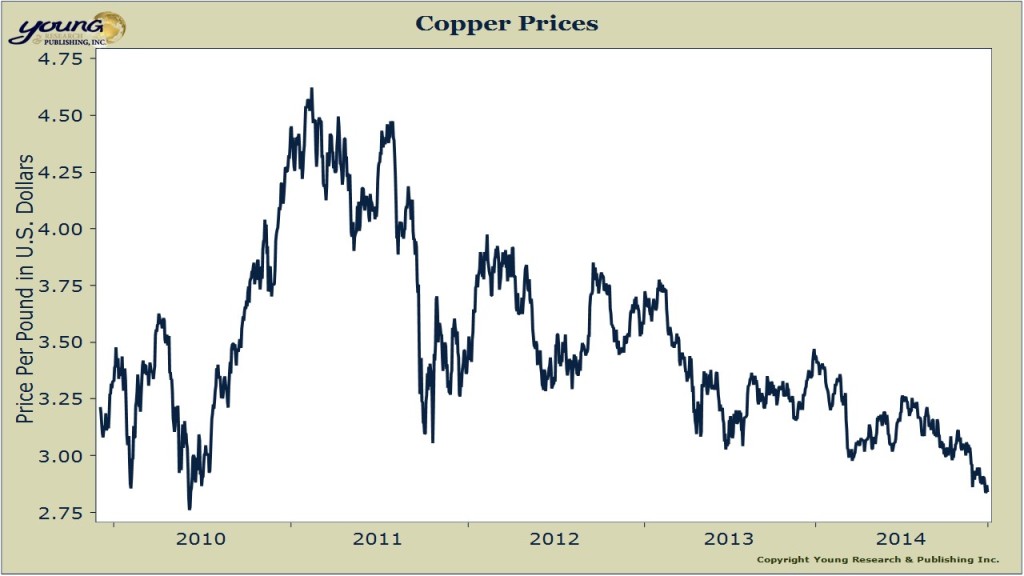Short answer, no China, as a major part of the world’s economic landscape is not over. A country with more than a billion people occupying a massive portion of the largest continent will always be important and shouldn’t be overlooked. But, that being said, the story of unending growth that has surrounded China for almost two decades is beginning to falter a bit. Bloomberg’s Adam Minter writes:
These are not the best of times to be one of China’s massive, state-owned steel mills. The domestic economy is slowing, competition is increasing, and there’s widespread disgust and impatience with the smog pouring out of their stacks. In short, their lucrative business model for the past three decades is slowly dying. So what’s a manager of a Chinese steel mill to do?
One surprisingly popular option is to bid China goodbye. In November, Hebei Iron & Steel Co Ltd, a provincial-owned company and China’s largest steelmaker by production, announced that it was moving 5 million tons of its annual production — roughly 11 percent of the 45 million tons of steel it makes every year — to South Africa. According to press reports, it won’t be going abroad alone. By 2023, Hebei Province — China’s most polluted province — plans to export 20 million tons of steel, 30 million tons of cement and 10 million weight boxes of glass capacity (a weight box equals roughly 50 kilograms) to points still not named.
Another signal pointing to lower expectations for China is the price of copper. Analysts call the metal “Dr. Copper” because it has a PhD in economics for its forecasting ability. Alex Davis writes for Bloomberg that:
Copper in London headed for a third weekly decline, the longest streak since October, as an official gauge of manufacturing in China fell to the lowest in 18 months.
Copper slid as much as 0.5 percent, the sixth fall in seven sessions. China’s official Purchasing Managers’ Index slipped to 50.1 in December from 50.3 in November, according to data released yesterday. A private PMI reading earlier this week of the world’s largest metals user dropped to 49.6, the lowest in seven months. A figure below 50 signifies contraction.
You can see copper’s demise in the chart below.




